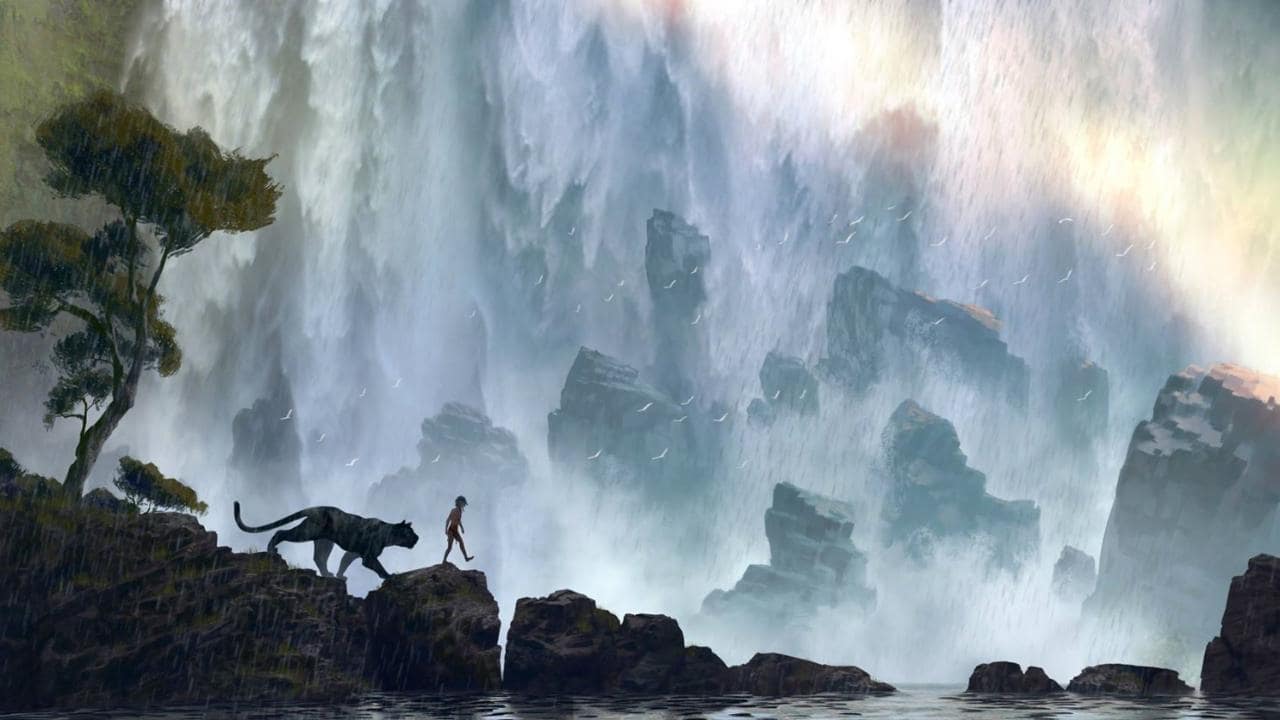The tradition of updating Rudyard Kipling’s classic The Jungle Book every 25 years or so continued in 2016, with Jon Favreau’s very beautiful, decidedly dark and tense take on the story, new to Netflix this week. Although Bill Murray gets some laughs as Baloo and belts out “Bare Necessities”, this Jungle Book mostly finds the young Mowgli in crouched peril or running for his life, which allows for lots of impressive set-pieces but also begs the question who this thing is supposed to be for. (The pitch: “Kids love it when the protagonist is constantly about to die! I think?”)
It’s gorgeous to look at anyway.
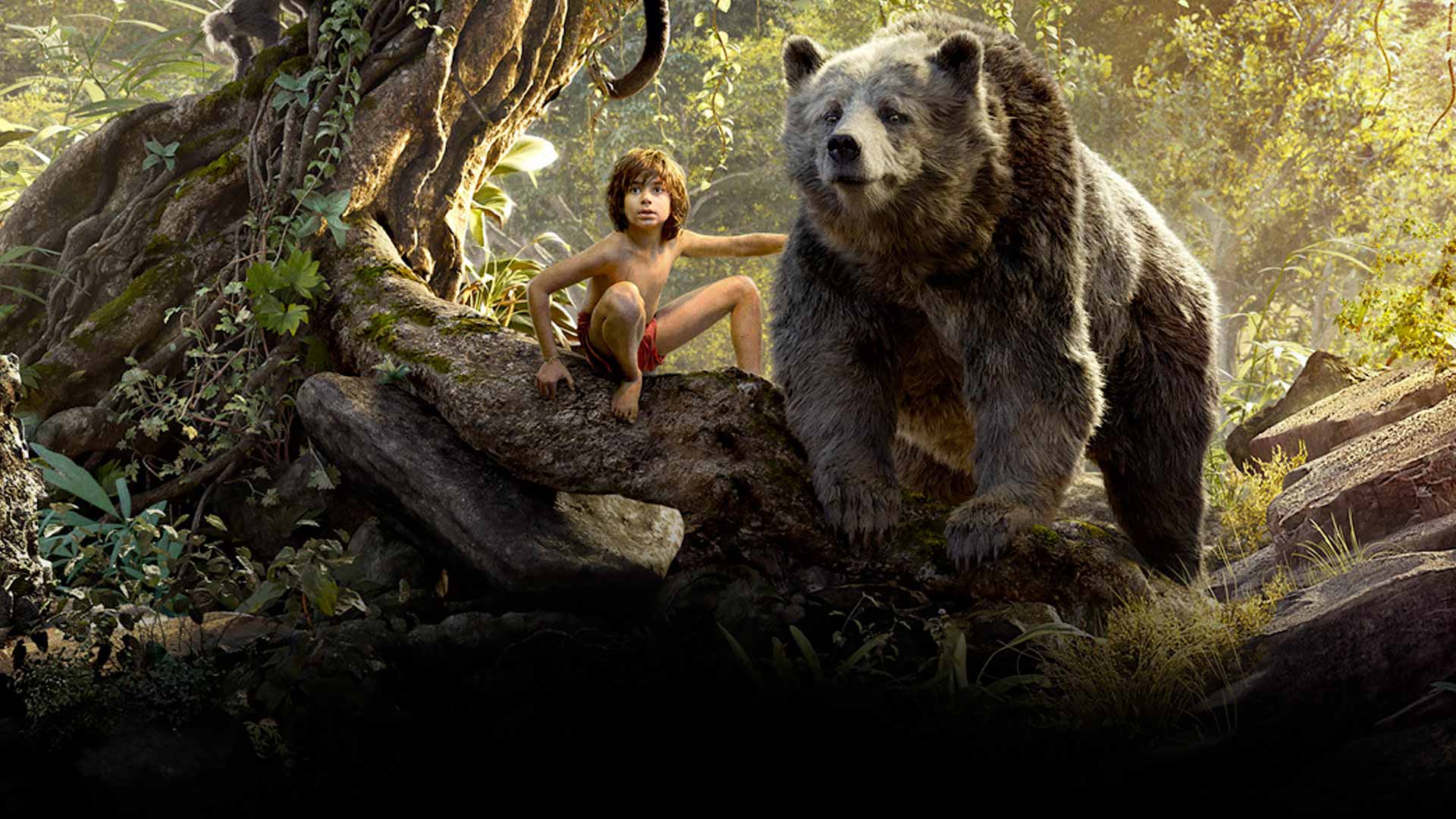
The crux of Kipling’s story remains intact, though there are some pretty big deviations in the climax, and the laconic, goofin’-off-in-nature tone of the much-loved 1967 animated version is more or less jettisoned. In Favreau and screenwriter Justin Mark’s Jungle Book, we mostly watch Mowgli become an outcast, be perpetually set upon by a murderous tiger, almost get strangled by a terrifying talking snake, narrowly avoid a terrible fate at the hands of an orangutan, and perch precariously over a fiery hellscape. Things are tough for Mowgli.

None of which is to say The Jungle Book isn’t worth watching. The movements of the animals are astounding visually, with believably sinuous gestures and lifelike physiques. The nature backdrops are uniformly impressive and screensaver-worthy, and it’s certainly never boring.
The biggest hindrance to enjoying The Jungle Book is its lead (newcomer Neel Sethi), who simply cannot act at all, but this is more or less overcome by the visuals and atmosphere; the sound design, all chirping jungle birds and buzzing insects, is also worthy of note. And who doesn’t love the notion of hanging out as a member of a wolf pack, training in the trees and howling together?
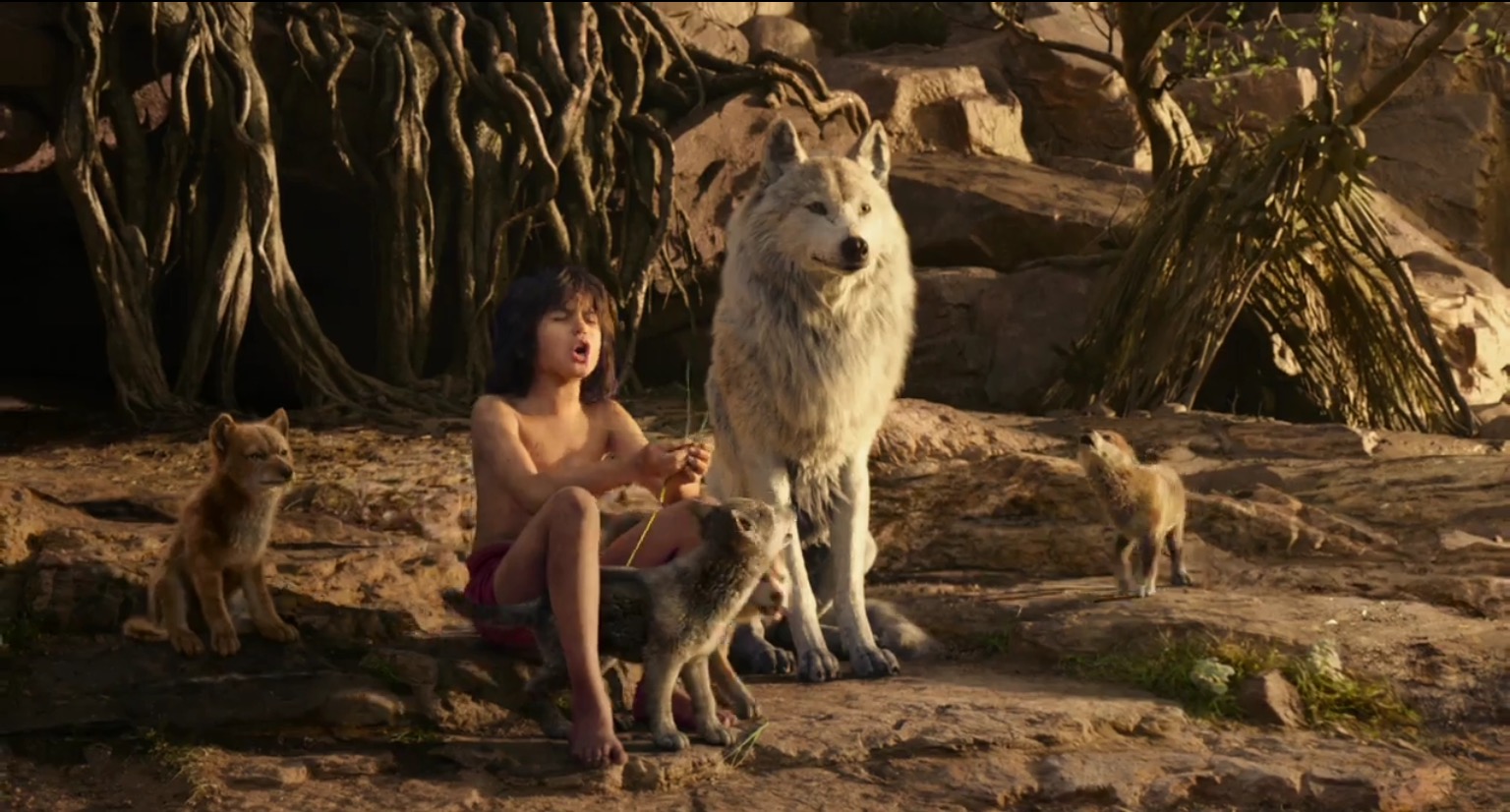
It’s unfortunate that all the villains happen to be endangered species, and that the only human in the film is most notable for killing everybody and then setting the world on fire, but it’s probably best not to read too deeply into the The Jungle Book‘s Foucault-like discourse on biopower. At its best, The Jungle Book is an impressively presented portrait of a kid who swings on vines, a bear who enjoys honey, and a scary tiger, and on those terms it succeeds.
Quick Links

The Coens followed up their brilliant, Oscar-winning No Country For Old Men with this ramshackle farce and, true to form, it tackles many of the same themes from a different, more absurdist angle. Even if that approach gets made a bit explicit by the film’s end (“What did we learn, Palmer?”), it works hilariously for most of Burn After Reading, which also boasts another fine ensemble cast, Brad Pitt’s funniest, danciest performance, and some truly inspired work from Emmanuel Lubezski, who contrasts the low-stakes, workaday world of the Hardbodies gym with the international intrigue its moron employees think is afoot.
Charges of glibness and callousness toward their characters tend to haunt the Coen Brothers, and they’re not all unfounded. Burn After Reading definitely has something of a nasty edge. But as a depiction of absurd, comic meaninglessness, of the vast gulf between how we see ourselves and how we’re seen by others, it’s hard to beat.
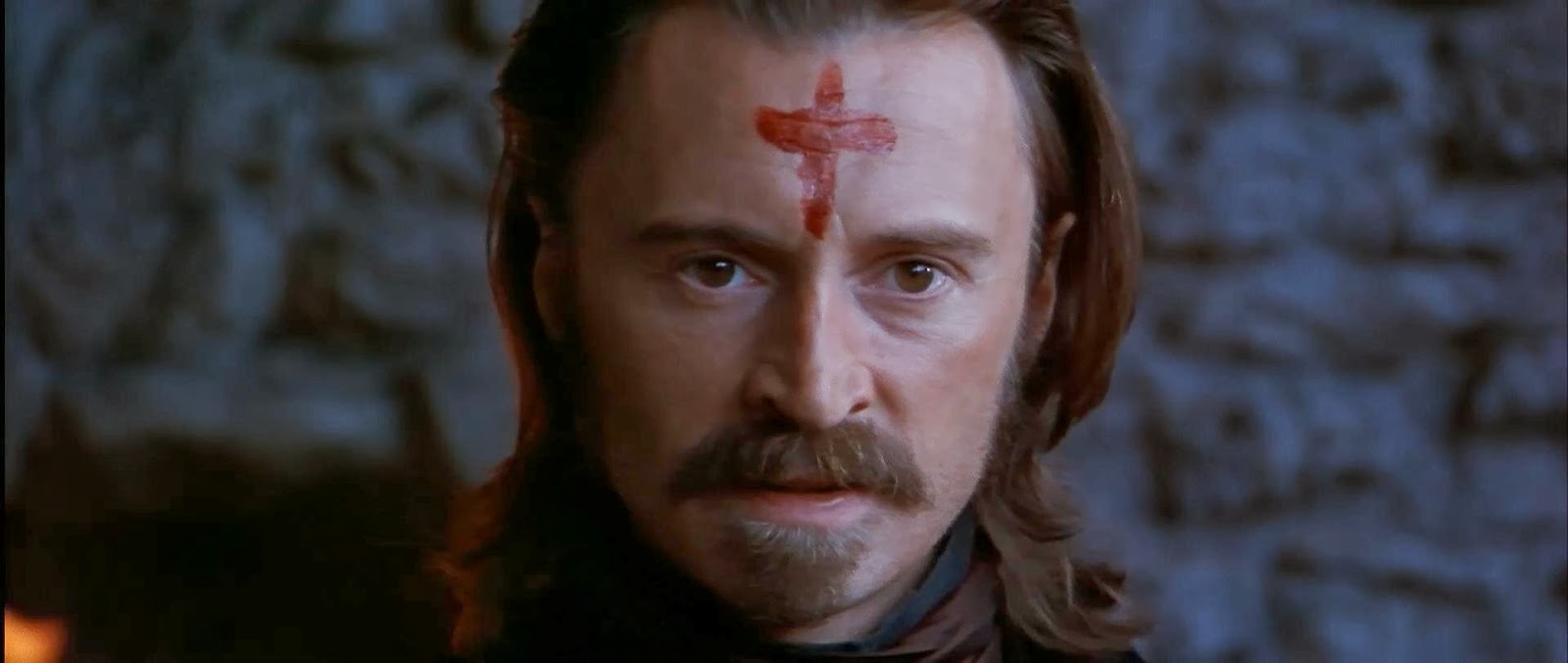
Antonia Bird‘s darkly comic cannibal tale (and future vegan horror entry) Ravenous offers a feast of character actors hamming it up, some hilarious gross-outs, and even some actual scares between the self-conscious jokes. Guy Pearce’s characteristic blankness works in the film’s favor, David Arquette’s late-19th c. stoner is basically the role he should play in every movie, and Deadwood‘s Jeffrey Jones adds the appropriate amount of naturalism to his haplessly conscripted, jovial flesh-eating apprentice. There’s plenty more to say about Ravenous — its central conceit, that men who consume flesh on the frontier receive superhuman strength but also become monsters in the process, is tailor-made for some philosophical musings — but the larger point is that it’s a fun, often silly movie about cannibalism. Which is more than enough to recommend it.
A Grand Night In: The Story of Aardman
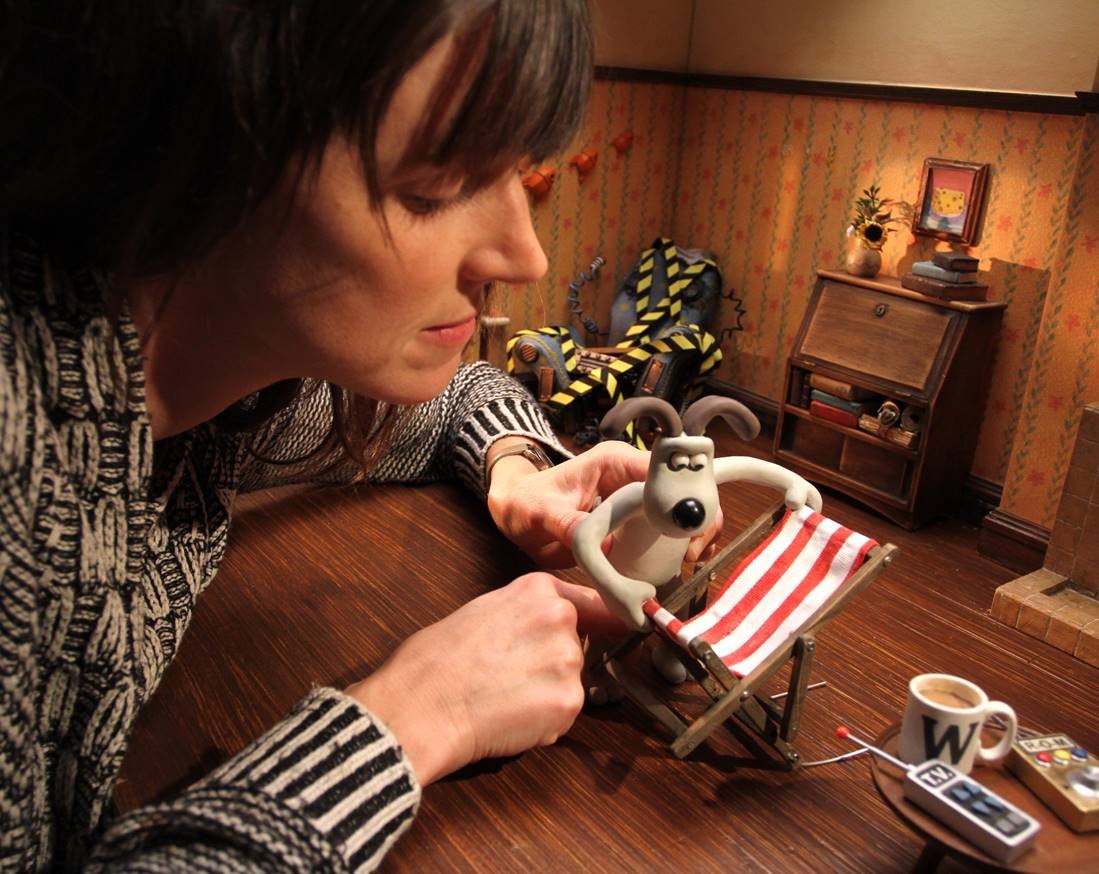
A serviceably told, if rather slight and fawning, history of Aardman Animation, A Grand Night In is still a treat for any fans of the stop-motion masters. Not that fans need an excuse to hang out with Wallace and Gromit or Shaun the Sheep. The documentary traces the development and innovations of the Bristol-based shop, with founders Peter Lord and David Sproxton reflecting on their history with help from Brad Bird, Matt Groening, David Tennant, John Lasseter, Jeffrey Katzenberg, and others. The behind-the-scenes sequences are the most fascinating, clearly revealing the level of obsessive detail and dedication to tiny movements that go into producing their extraordinary work.
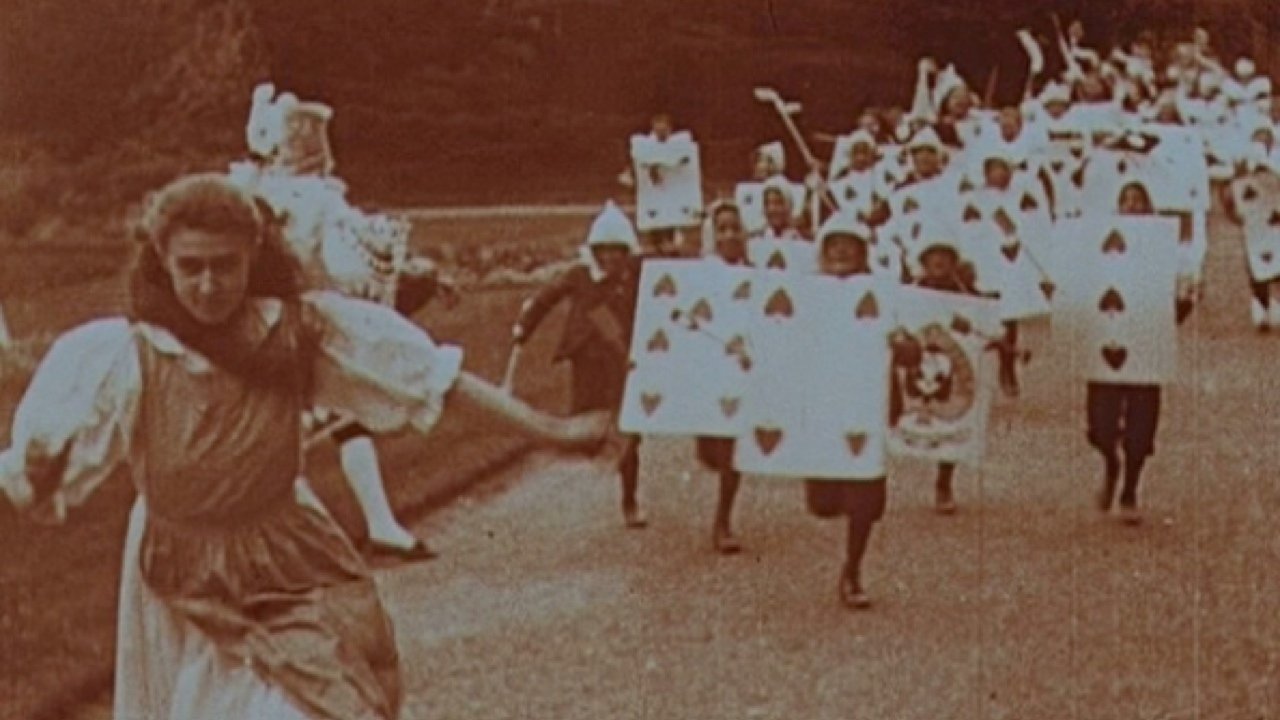
This is actually not on Netflix, though lucky for you, it’s embedded right below.
Newly restored by the BFI after 113 years, the first adaptation of Lewis Carroll’s story put to screen clocks in at less than 10 minutes (though 2 minutes remain missing from the original). It’s an incredible watch, though — the special effects put to use for the shrinking and growing Alice are especially delightful.
Karl Grovenor notes of the film:
The brainchild of Cecil M. Hepworth, who wrote, directed, produced, filmed and played the role of “The Frog” in the adaptation, Alice in Wonderland also stars early silent film actress May Clark in the titular role of Alice.
Both Hepworth and Clark are better remembered for, and would later be immortalised in, their work on the timeless classic Rescued by Rover. Often considered one of the most important productions in the history of cinema, and the turning point at which the general public’s perception of film shifted from “novelty to…art”, Rescued by Rover was the first film in history to feature paid actors, and is today considered the United Kingdom’s first major fiction film.
It’s an exciting look into the past and a tribute to the ongoing efforts of film preservationists everywhere. Check it out below.

